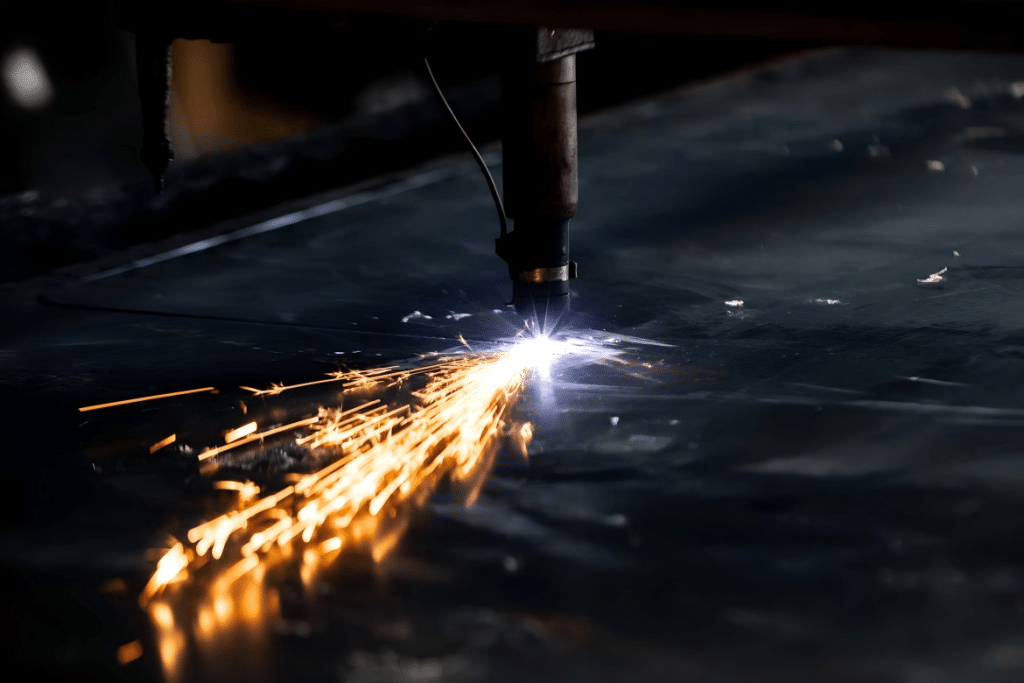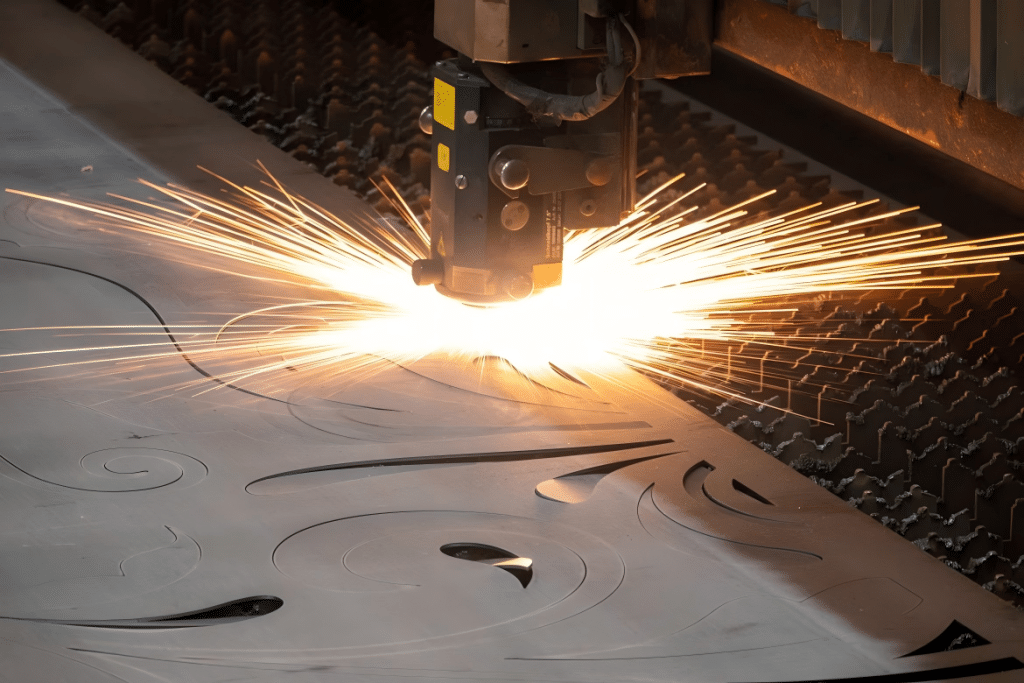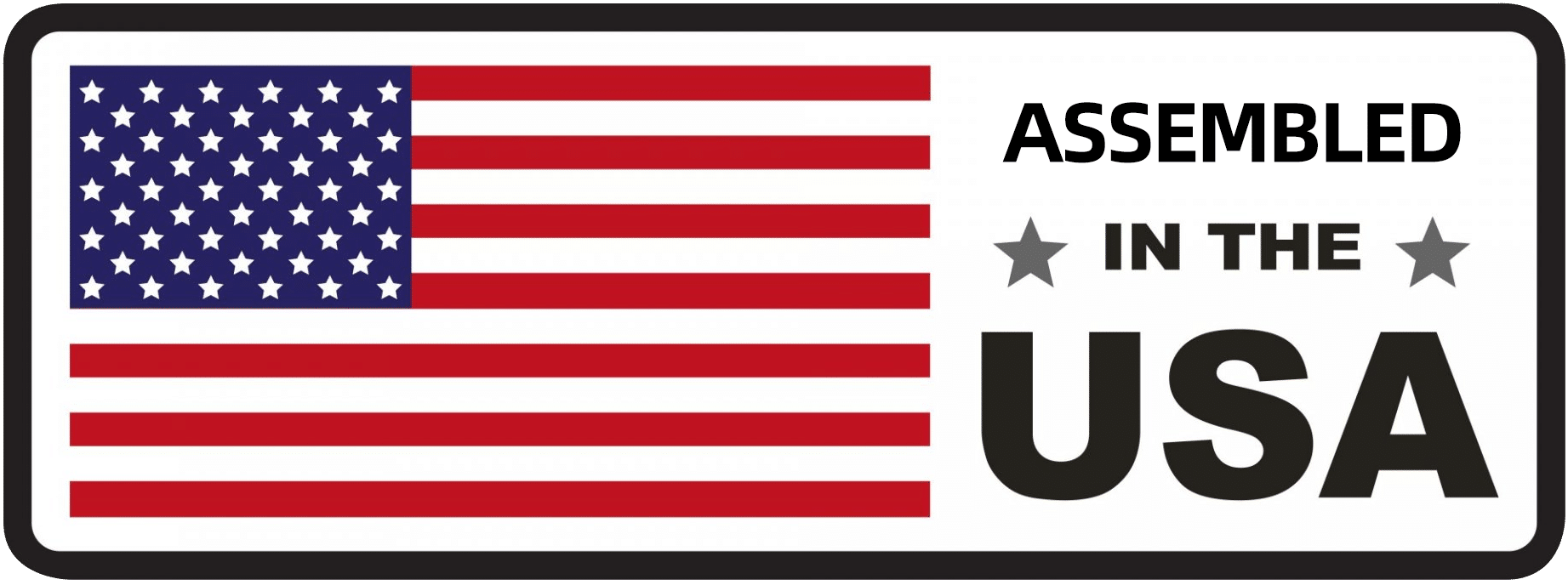
In the modern era of manufacturing, accuracy is gold, and this is where welding with a laser literally shines through. Laser welding offers unparalleled accuracy, minimal material damage, and high productivity for a range of industries.
However, achieving a consistent and defect-free weld is not a matter of luck—it’s the result of studying and eventually mastering the core welding parameters of laser welding.
The success of any welding application stands atop the precise balance of these three critical factors: laser power, welding speed, and focal position. Each has a role to play, and each is equally important as the other.
Understanding the role and the relationship of the three is important if you want to optimize your laser welding performance. In this guide, we’ll walk you through these key parameters and provide the knowledge required to improve your laser weld quality consistently.
Laser Power in Welding with a Laser

Consider laser power as the engine driving the welding process. Laser power delivers energy to the workpiece measured in watts (W) or kilowatts (kW). This parameter is the primary catalyst of heat input, and it directly dictates the depth of weld penetration.
Laser power at higher power levels can form a “keyhole”, which is a narrow vapor cavity that allows the laser beam to power through and penetrate significantly deeper into the material than normal.
However, it’s great to note that using excessive laser power is not just problematic—it’s detrimental. Too much laser power risks creating excessive melting and spatter on the material, which compromises the finish of the surface.
Too much laser power also increases the risk of burn-through, especially on thinner materials, and can also cause thermal shocks that lead to surface cracks, warping, or distortion. The optimal laser power varies by material; for example, stainless steel requires 1.5-3 kW, while aluminum needs a different setting to fight against its high surface reflectivity.
Carbon steel and titanium also need different power levels and settings to cater to their specific material composition and characteristics.
With these power levels in mind, it’s critical to ensure a stable and well-calibrated power source, as this is a non-negotiable if you want to maintain consistent weld quality.
Welding Speed and Its Influence on Weld Quality
Welding speed is simply how fast the laser head or the workpiece moves during the welding process. It is usually measured in millimeters per second (mm/s) or inches per minute (in/min).
This travel speed directly affects the amount of heat applied per unit length, which in turn shapes the weld’s quality. Welding speed is closely tied to laser power—if you go too fast without enough power, the weld will suffer; too slow with high power and you risk overheating.
When welding with a laser at higher speeds, the heat input also drops and leads to a shallower weld penetration, a narrower weld bead, and a reduced heat-affected zone (HAZ). Though these can be good for thin sheets, moving too fast can compromise fusion, where the weld doesn’t fully bond with the base material.
Slower welding speeds, on the other hand, mean more heat input. This creates deeper penetration, which is helpful for thick plates. However, it also enlarges the HAZ and raises the risk of thermal distortion. In thin materials, going too slow can even cause burn-through.
Material type also plays a big role in selecting the right speed. Thick steel plates or alloys with high melting points usually need slower speeds, while thin sheets or conductive metals like copper often require faster speeds.
The trick lies in matching speed with power. Proper synergy between these parameters avoids common defects like porosity, warping, and incomplete fusion, which ensures clean and reliable results when welding with a laser.
Focal Position and Its Impact on Laser Welding
Focal position refers to where the laser’s focal point is located relative to the workpiece surface. It is measured in millimeters and can be adjusted positively (above the surface) or negatively (below the surface). The focal position plays a huge role in weld penetration, bead shape, and tolerance to surface variation.
The laser’s focal point determines the spot size of the beam, so for example, a smaller spot size means higher power density, which increases the penetration depth. In contrast, a larger spot spreads the energy, which also creates a wider, although shallower, weld.
Normally, welders and operators set the focal point slightly below the surface (around 0.5 to 1 mm) to boost penetration power and maintain bead consistency.
If the focal positioning is incorrect, it can lead to problems. For example, if the focal point is above the surface, you get a wide, shallow weld with also shallow penetration. If it’s set too deep below the surface, power density decreases and causes inconsistent welds.
The lens specification, known as focal length, also matters because it defines the working distance and beam properties. Keeping the right focal length ensures repeatable, controlled results.
In production, maintaining a consistent focal position can be challenging due to certain variations. That’s why modern systems for welding with a laser use autofocus technology or real-time adjustments to keep the beam precisely aligned.
In short, correct focal positioning ensures the laser’s energy is applied exactly where it is needed—and it’s a critical factor for strong, defect-free welds.
Integration of Parameters for Optimal Welding with a Laser
Laser welding parameters: power, speed, and focal position don’t operate independently from each other. These three work together, so optimizing one and neglecting the other can lead to weld defects, inconsistencies, and wasted materials.
For example, when welding a thin aluminum sheet, using lower laser power combined with faster speed prevents overheating and burn-through. In this case, the focal point is often kept close to or slightly above the surface to produce a smooth, shallow weld that fuses great.
On the contrary, when welding thick stainless steel, welders typically use higher power and slower speeds, with the focal point set just below the surface to get deeper penetration.
Other factors also influence results, like material cleanliness and surface conditions that affect how much energy the material absorbs. Highly reflective metals like aluminum may also require more precise parameter tuning. Oxide layers on the surface can also scatter the beam, weakening penetration, though this is avoidable with adequate surface prep.
Welding mode also plays an important role: continuous wave lasers provide steady heat input, while pulsed lasers help control thermal effects in delicate materials. Shielding gas, such as argon, is also often used to prevent oxidation and stabilize the molten pool.
If parameters are poorly managed and integrated with each other, encountering defects will be a common occurrence. Proper parameter balancing doesn’t just prevent defects, but also boosts productivity, cost-effectiveness, and material integrity.
Practical Tips and Best Practices
When welding with a laser, following some best practices ensures efficiency, quality, and safety:
- Match parameters to material type and thickness. Thick materials demand higher power at slower speeds, while thin sheets need lower power with faster speeds.
- Run test welds first. Inspect results visually, but if possible, use metallurgical or non-damaging testing methods to fine-tune weld settings and ensure consistent results.
- Use monitoring systems. Many modern welding machines include a suite of sensors that adjust parameters in real-time for consistent quality.
- Maintain your equipment. Regularly clean and inspect lenses, mirrors, and power sources to keep the beam precise and stable.
- Always prioritize safety. Always wear personal protective equipment (PPE) and follow proper laser safety protocols.
- Document successful setups. Keep a record of parameter sets and results to standardize the process, ensure consistency, and establish KPIs like weld quality, defect rates, and production efficiency.
Conclusion
Creating a proper balance between laser power, welding speed, and focal position is the key to achieving superior and consistent weld quality when welding with a laser. Since each parameter directly influences the other, integrating them carefully means you avoid defects and welcome consistency.
Whether you’re working with thin aluminum or thick stainless steel, the correct balance between these parameters guarantees the end result is strong and efficient. Laser welding technology is continuously evolving—and by simply staying open to learning and refining new techniques, operators can keep pushing for better and more consistent results.
Here at Denaliweld, we’re committed to helping customers master these parameters. With our expertise and support, you can confidently and consistently produce, clean, accurate, and cost-effective welds in every application!



